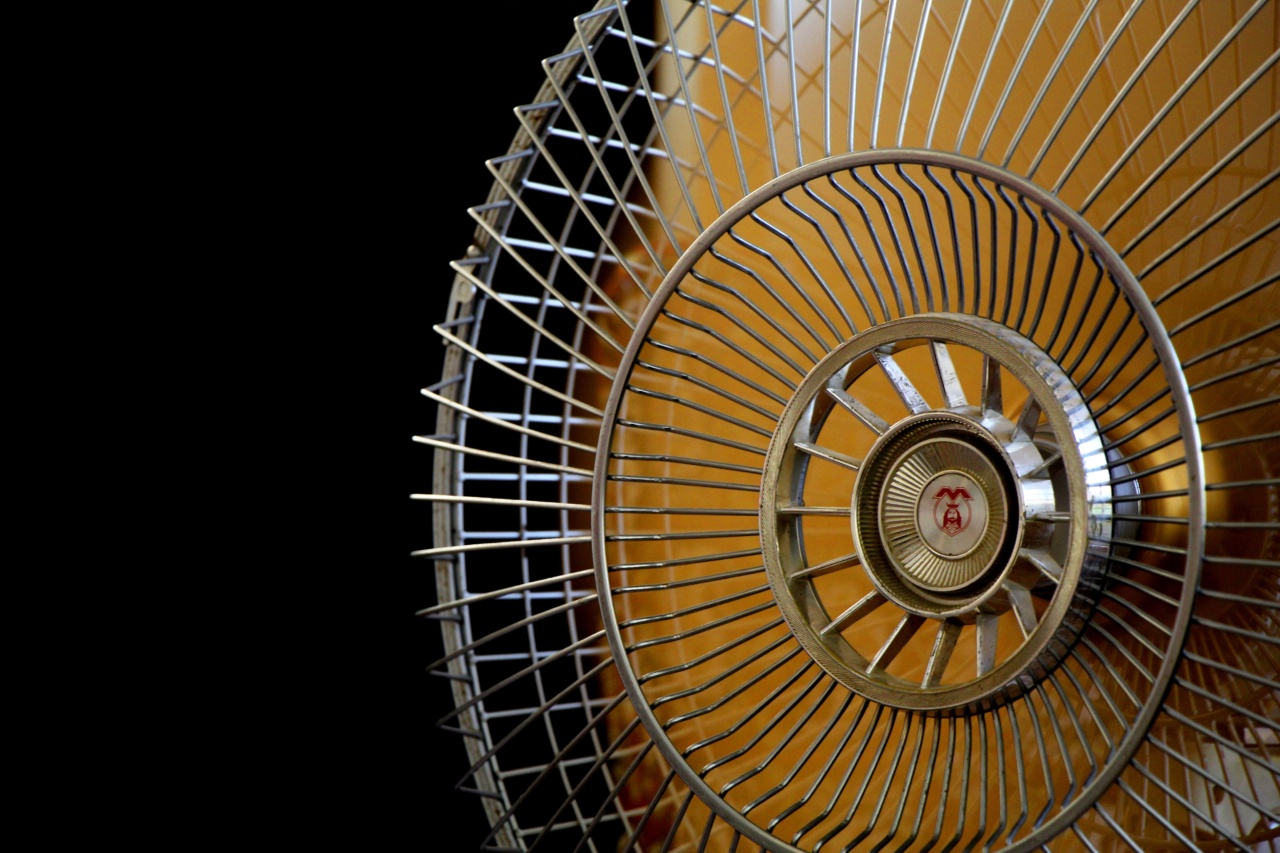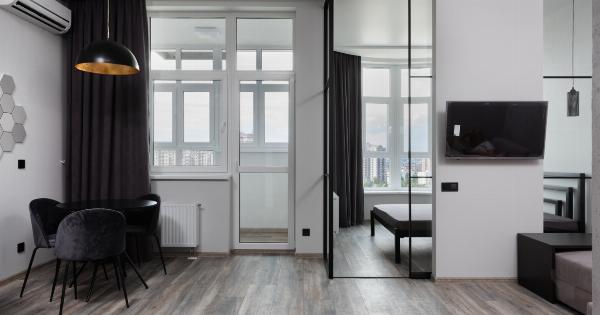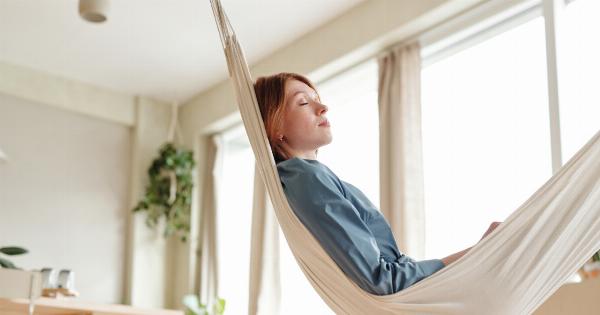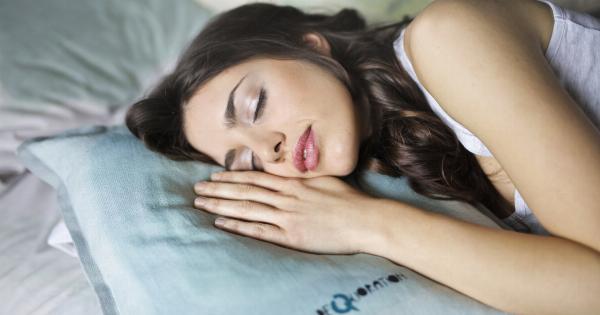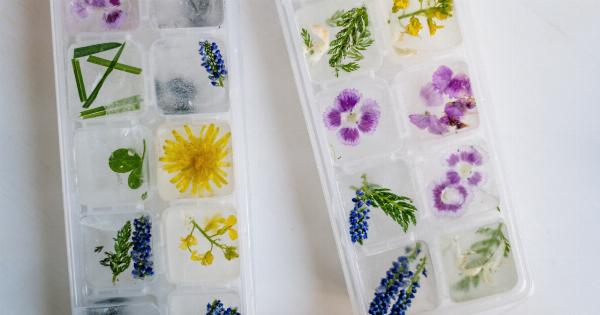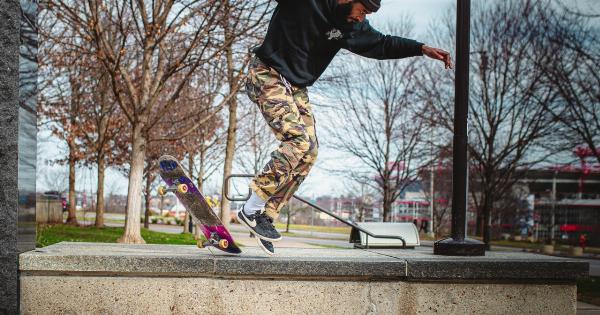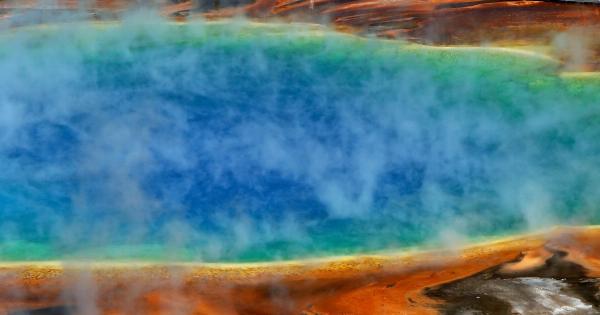As temperatures rise during the scorching summer months, finding ways to stay cool becomes essential. While air conditioning is a common solution, it can be expensive, energy-consuming, and not accessible to everyone.
Fortunately, there are numerous alternative methods to beat the heat and stay comfortable without relying on air conditioning. In this article, we will explore 30 ingenious ways to stay cool naturally, without compromising on your comfort.
1. Utilize Fans Strategically
Strategically placing fans throughout your home can greatly improve airflow and create a cooling effect. Set up box fans in front of windows to push hot air out, and use ceiling fans to circulate cool air down into the room.
2. Open Windows at Night
Take advantage of cooler evening temperatures by opening your windows before you go to bed. This allows fresh air to circulate and cools down your home naturally. Be sure to close them in the morning to trap the cool air inside.
3. Invest in Window Coverings
Install curtains, blinds, or shades on windows to block out direct sunlight. This can significantly reduce the amount of heat that enters your home, helping to keep it cooler during the day.
4. Make Use of Natural Shade
If you have trees or shrubs in your yard, position outdoor seating areas beneath them to take advantage of natural shade. Spending time in shaded areas can provide relief from the heat and sun.
5. Avoid Using Appliances that Generate Heat
Appliances such as ovens, dryers, and dishwashers generate heat when in use. Avoid using them during the hottest parts of the day to prevent unnecessary heat buildup in your home.
6. Opt for Light and Breathable Fabrics
Wear lightweight clothing made from breathable materials like cotton or linen. These fabrics allow air to flow freely and help evaporate sweat, keeping you cooler throughout the day.
7. Use Cold Compresses
Place cold compresses or ice packs on pulse points, such as your neck, wrists, or forehead. This can help lower your body temperature and provide instant relief from the heat.
8. Stay Hydrated
Drink plenty of water throughout the day to stay hydrated and regulate your body temperature. Avoid excessive consumption of caffeinated or alcoholic beverages, as they can contribute to dehydration.
9. Create Cross Ventilation
Open multiple windows or doors in your home to create cross ventilation. This allows air to flow freely and promotes cooler air circulation, keeping your living spaces comfortable.
10. Make DIY Air Conditioners
Create your own air conditioning alternatives by filling a shallow pan or bowl with ice and positioning it in front of a fan. As the ice melts, the fan blows the cool air produced by the melting ice throughout the room.
11. Use Cold Water Sprays
Spritz yourself with a mist of cold water using a spray bottle. This can instantly provide a refreshing and cooling sensation, especially when combined with a gentle breeze from a fan or open window.
12. Optimize Your Bedding
Swap out heavy blankets and comforters for lightweight sheets and breathable bedding materials. Choose cotton or bamboo-based fabrics that allow for better airflow and prevent heat from being trapped.
13. Take Cool Showers or Baths
Lower your body temperature by taking cool showers or baths throughout the day. This can offer temporary relief from the heat and help you feel more refreshed and comfortable.
14. Create a DIY Evaporative Cooler
Make a DIY evaporative cooler by placing a wet towel or sheet in front of an open window. The breeze passing through the wet fabric will carry coolness into the room, creating a makeshift cooling effect.
15. Avoid Direct Sunlight
During the hottest parts of the day, stay indoors or seek shade to avoid direct sunlight. Direct exposure to the sun’s rays can rapidly increase your body temperature and make it harder to stay cool.
16. Create a Cross Breeze
Strategically position fans or open windows on opposite ends of your home to create a cross breeze. This allows fresh air to flow through your space, removing stagnant hot air and replacing it with cooler air.
17. Eat Refreshing Foods
Consume foods with high water content, such as watermelon, cucumbers, or citrus fruits. These foods naturally hydrate your body and provide a refreshing and cooling effect.
18. Use Natural Cooling Aids
Apply peppermint or eucalyptus oil to your skin or mix a few drops into your body lotion. These essential oils have cooling properties that can help keep you feeling refreshed and cool throughout the day.
19. Block Out Sunlight with Exterior Shades
If you have a patio or outdoor seating area, install exterior shades or a retractable awning. These provide shade and help block out direct sunlight, creating a cooler space to relax outdoors.
20. Stay Out of Your Kitchen
Preparing hot meals generates a significant amount of heat. Opt for lighter meals that don’t require cooking or use alternative cooking methods like grilling outside to minimize heat buildup in your kitchen.
21. Optimize Your Ceiling Fan’s Rotation
During the summer, ensure your ceiling fan is rotating counterclockwise. This pushes the air downward, creating a cooling breeze in the room. Set the fan to a higher speed for maximum effect.
22. Create a DIY Cooling Neck Wrap
Sew or repurpose a bandana into a cooling neck wrap by filling it with rice and storing it in the freezer. Wrap it around your neck for instant relief from the heat.
23. Opt for Breathable Footwear
Wear open-toe shoes or sandals made from breathable materials to allow your feet to breathe. This can prevent excessive sweating and help regulate your body temperature.
24. Use Natural Cooling Aids in the Bedroom
Place a bowl of ice in front of a fan positioned near your bed, creating a cool breeze as the ice melts. Alternatively, invest in a cooling pillow or mattress pad to keep your body temperature down while you sleep.
25. Create a DIY Cold Towel
Soak a clean towel in cold water and wring out the excess. Place the towel around your neck or on your head for an instant cooling sensation. Repeat as needed to stay cool.
26. Embrace Linen Curtains
Replace heavy or dark-colored curtains with light and breezy linen curtains. Linen not only adds a touch of elegance to your space but also allows air to flow more freely, keeping your rooms cooler.
27. Use Reflective Window Film
Apply reflective window film to your windows to reduce the amount of heat entering your home. This film reflects the sun’s rays, helping to maintain a cooler indoor temperature.
28. Limit the Use of Electronics
Electronics such as televisions, laptops, and gaming consoles generate heat when in use. Reduce their usage during hot days to prevent unnecessary heat buildup in your living spaces.
29. Sleep on the Lower Levels
Heat rises, so if you have multiple floors in your home, consider sleeping on a lower level during hot nights. Lower floors tend to be naturally cooler, offering more comfortable sleeping conditions.
30. Embrace Outdoor Living Spaces
If your home has a comfortable outdoor area, create an inviting space to spend time outside. Utilize umbrellas, awnings, or shade sails to provide shade and make the most of cooler outdoor temperatures.
Conclusion
With these 30 creative and practical ways to stay cool without air conditioning, you can beat the heat while minimizing energy consumption and expenses.
Whether you incorporate natural cooling methods, utilize fans strategically, or choose alternative cooling techniques, staying cool and comfortable during hot summer days is achievable for everyone. Embrace these tips and tricks, and enjoy a refreshingly cool summer!.
